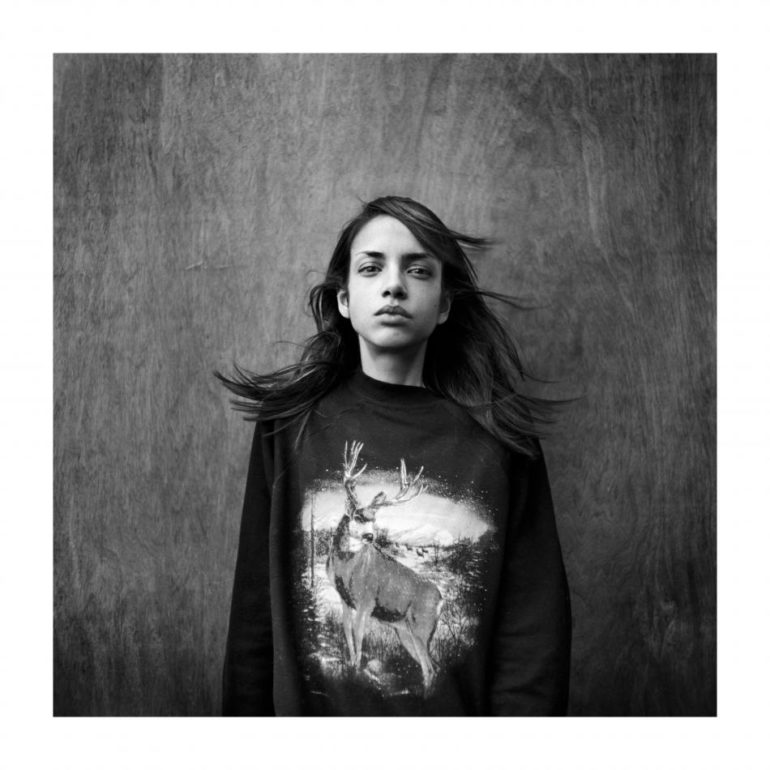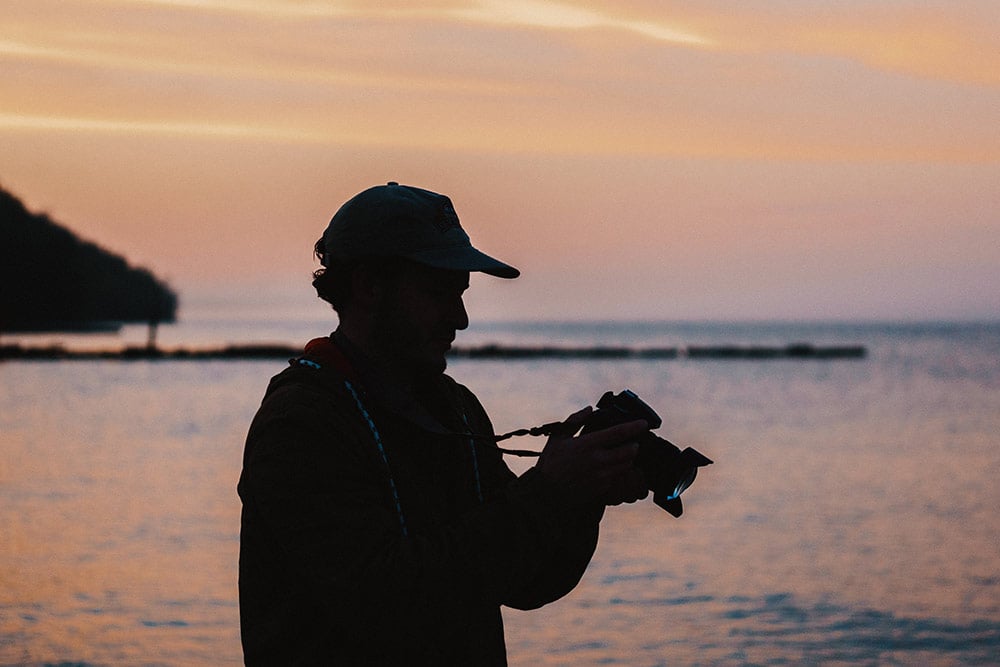Laura Pannack is a young British portrait and documentary photographer. Her work mostly studies social and human themes like childhood and youthhood. She has collaborated with many charities and organisations such as Save The Children, has been exhibited in several countries et has received many awards such as the first prize in the Portrait Singles category of the World Press Photo Awards in 2010 and the Vic Odden Award of the Royal British Society for a notable achievement in the art of photography by a British photographer aged 35 or under.
Here is her interview in which she tells us about her artist’s background, her photographer’s career awarded by many prizes and her inspirations for her projects.
French version of the interview here / Version française ici.
Sommaire
- First and foremost can you introduce yourself? Who are you?
- What is your background? How did you get into photography?
- How has your painter’s background influenced your photography work?
- You are a young award-winning photographer and your work has been exhibited several times. How has it impacted on your photographer’s career?
- Most of your personal documentary projects explore youth issues and adolescence. What is interesting for you?
- What are the other themes you like to work on?
- How do you come up with an idea and what is your working method?
- How do you approach the people you would like to include in projects, especially the teens?
- What do you seek to express in your photos and portraits?
- What does analog bring to your work?
- What (film and digital) gear do you use?
- Who are the artists and photographers that inspire you? Why?
- Can you talk about your last project, « Youth without Age, Life without Death »?
- Your commercial work also seems to stick to teens and children through collaborations with charities. How important is it for you?
- Do you have any pieces of advice for young photographers interested in documentary photography but who want to earn a living?
- Photographers for us to interview?
First and foremost can you introduce yourself? Who are you?
I’m Laura Pannack. I’m a photographer, I’m based in London, I’m 31 years old. I would say that my photography combines my love of psychology, social science and art.
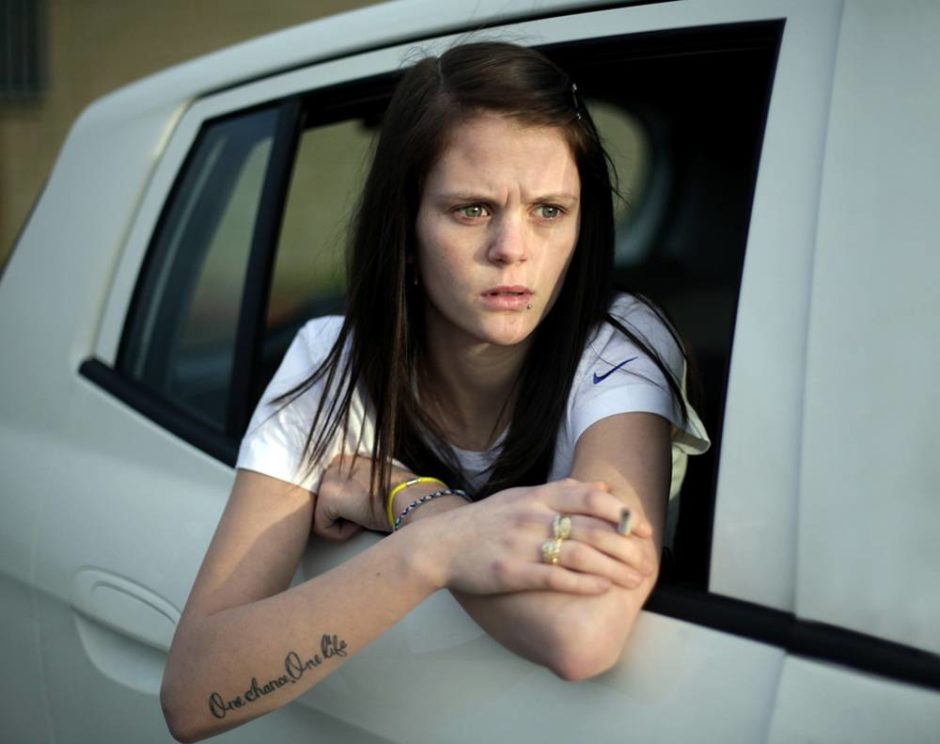
What is your background? How did you get into photography?
I first studied art and painting for A-levels. Then when I was 20 or 21, I went to an art school, Central St Martins in London. I tried lots of different things and I wanted to try anything but painting because I knew a lot about it. One thing that I tried was photography. This is quite weird that I only started lately in photography as my dad is a fashion and studio photographer. He used to share studio with David Bailey. So I spent my youthhood in a darkroom and a studio. But his work is like the opposite as my work is not studio-based and I hate fashion ! Even though I started lately, as soon as I took my first picture, I was hooked.
How has your painter’s background influenced your photography work?
I’m very much drawn to the imagery that has a painting feeling about it : I like to be delicate with the pallet of colours and light. I predominantly use natural light and I try to create an image that evokes a feeling. My method is also similar to painting as painting is quite a slow process : I only use analog which slows the process down and helps to fill layers with images and build my thoughts.
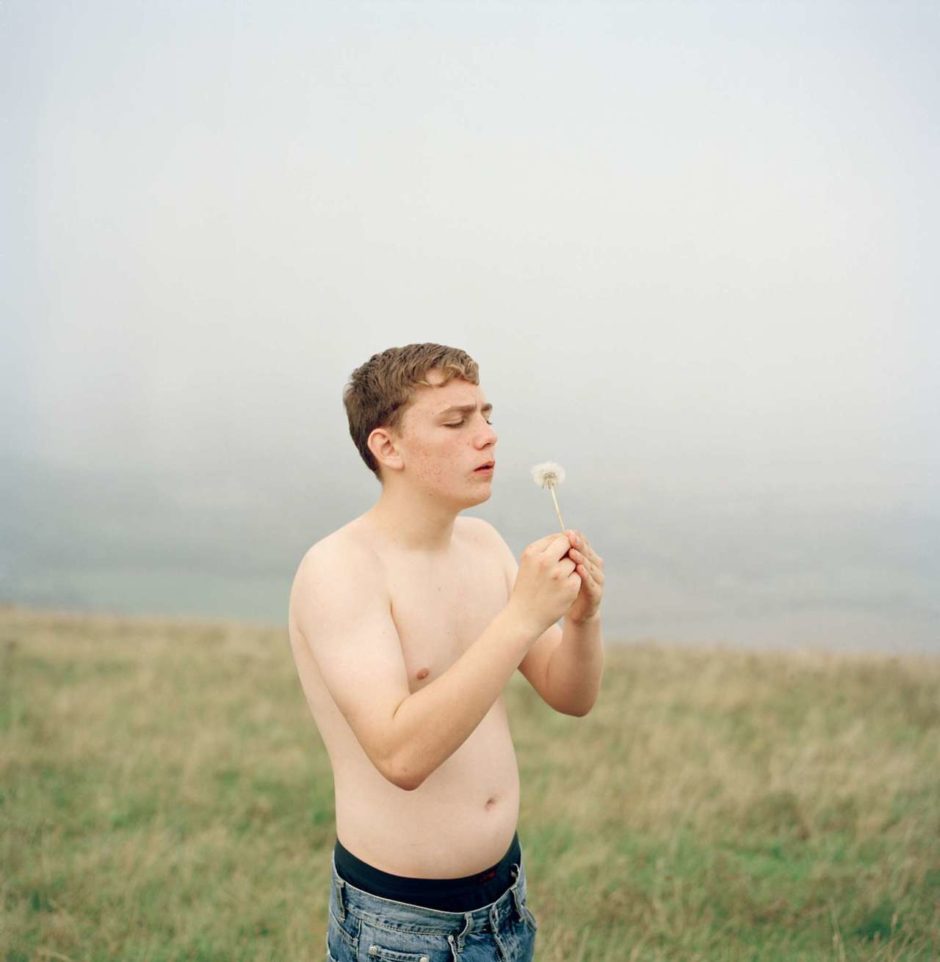
You are a young award-winning photographer and your work has been exhibited several times. How has it impacted on your photographer’s career?
It has definitely been an influence ! There are more interesting things to be said about how it’s been giving me more emotionally rather than practically. I’ve always find difficult to find confidence in my work. I think that it’s very difficult not to take things personally when you’ve been critically judged. Above all it’s frustrating because you obviously just want to produce work that speaks to you but you know that there is going to be responses to it, good or bad ones. You can’t create on your own without audience.
So for me awards are a way of engaging with people’s respect, listening to pieces of advice but not necessarily following them or agreeing with them. They just enable me to step outside of my practice and be aware of how people can interpret my work differently.
Prizes definitely built my confidence with regard of what I wanted to do in photography. It also gave me the feeling of being part of a community as I went to shows, participated into exhibitions, and met other photographers which is nice. For example I was fortunate enough to receive the HSBC award this year and it has allowed me the support to show my work in many exhibitions this year, edit it differently and explore new ways of engaging with an audience.
Most of your personal documentary projects explore youth issues and adolescence. What is interesting for you?
I think it dates back to my interest in psychology Adolescence is a very interesting time and we can all relate to it, because we all had many experiences when we were teens : trauma, love, self-esteem, etc. Adolescence is all about these heart-breaking and heart-making experiences that just happen during this quest about who we are. Though it happens in a very short period of time, it is the most physical and emotional transformation.
That middle-ground of adolescence is this confusing area where everybody seeks for who they are while they are terrified by how they are being perceived. A teen usually shows two faces : a rebellious and playful side of « I don’t care, I am who I am » balanced by a sensitive over-self-aware critical feeling of vulnerability.
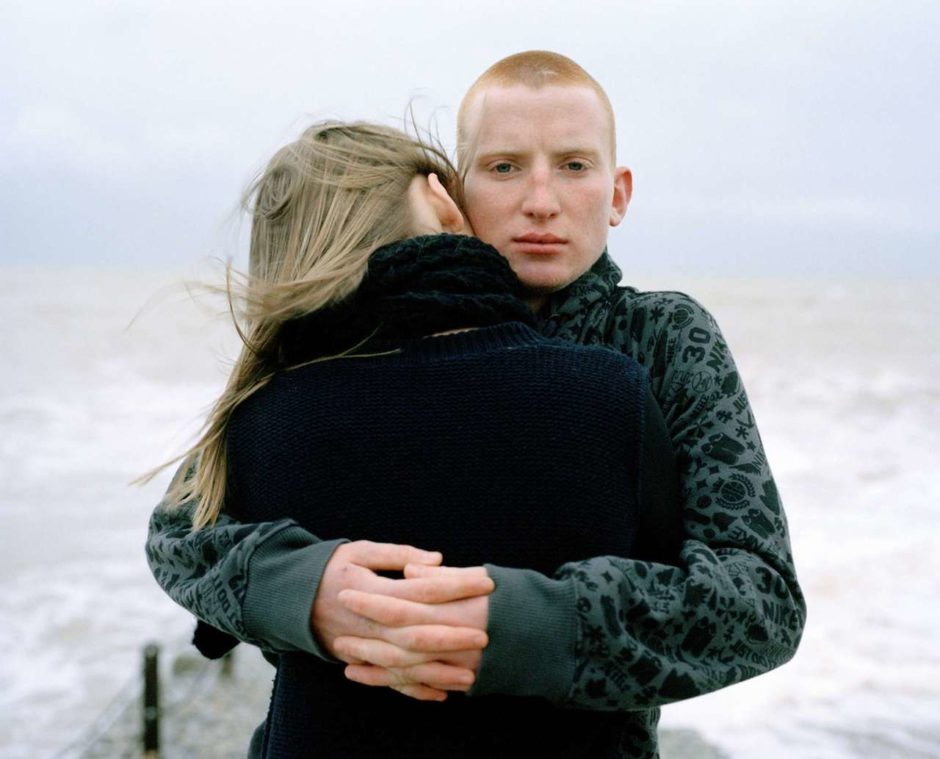
Moreover I find interesting to study youth in regards of the relationship between the photographer and the subject. I think children are beautifully naïve and don’t perform in front of the camera. Even though they are terrified by how they’re being perceived, they actually don’t overthink about their self-image unlike adults. The mask they present to the camera is very pure, actually unveiled. I like how they’re politically or socially incorrect, a lot of the time it’s quite beautiful and innocent.
In the opposite many adults are over-aware of how they’re presenting themselves and over-concerned about the fact that a photograph, a portrait, is an act requiring performance and exchange. If you ask adults, not so many of them truly enjoy being photographed because it feels like an interrogation or something out of their control.
I think it’s always interesting for teenagers to be photographed. As subjects they can react in a thought-provoking and it can make them think about their own identity. Plus I think I just really enjoy hanging out with teenagers, there’s like a connection.
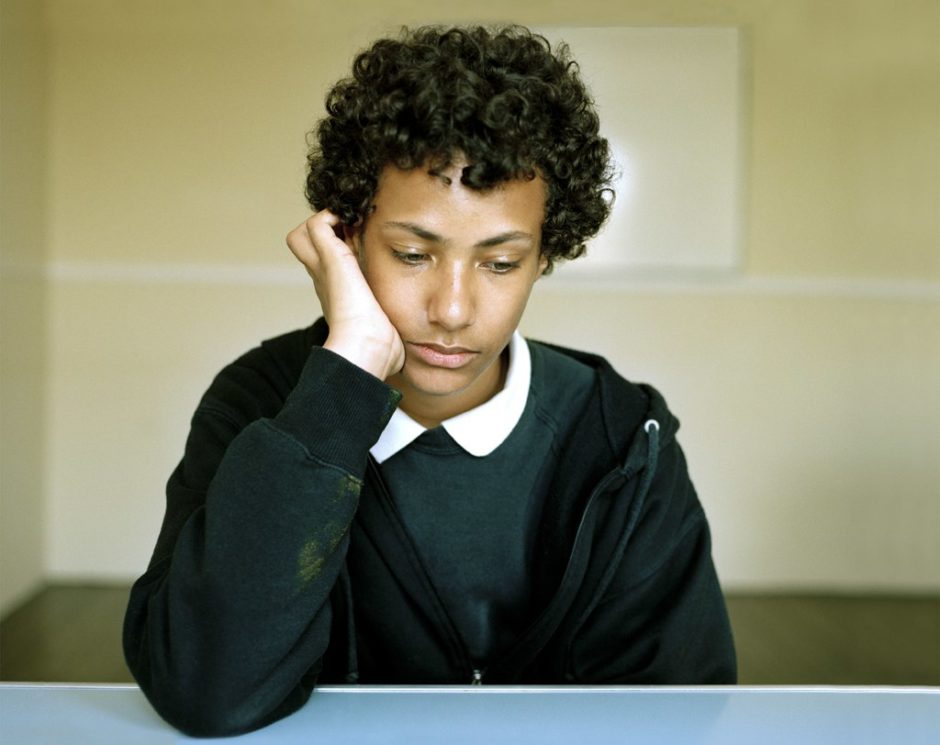
What are the other themes you like to work on?
Definitely the relation between the photographer and the subject, and the experience of being photographed are something that I explore a lot. It’s an interesting experience to see from the three parties : the photographer, the subject and the audience.
I also enjoy studying and photographing things that I don’t understand or am out of like some social groups, religions, or people that come from different backgrounds from myself.
When I choose a subject, I like building a connection with someone. I find really difficult to read books only to learn something : I love reading books but my memory is atrocious so I find the best way for me to engage with a subject matter is by meeting people and spending time with them. That way of learning and photographing helps me to formulate a more personal opinion about a subject matter over a long period of time. When I start a project I’m fully aware that I’m going to be ignorant and naïve about that subject. So rather than reading as much as I can, then taking on somebody else’s point of view (the writer), I prefer to go on the field and experience through a human connection.
How do you come up with an idea and what is your working method?
It evolves in a same way that it’s like in university, through a method. The hardest time for me is to find an idea to engage with. I meet many people that tell me « I’ve constantly got ideas of projects but I don’t have the money or the time to do it ». I’m kind of the opposite.
It’s also hard to find confidence in my ideas. Even if I have an idea, it’s difficult to commit to it because I don’t know if it’s worth it, if it’s good enough or not.
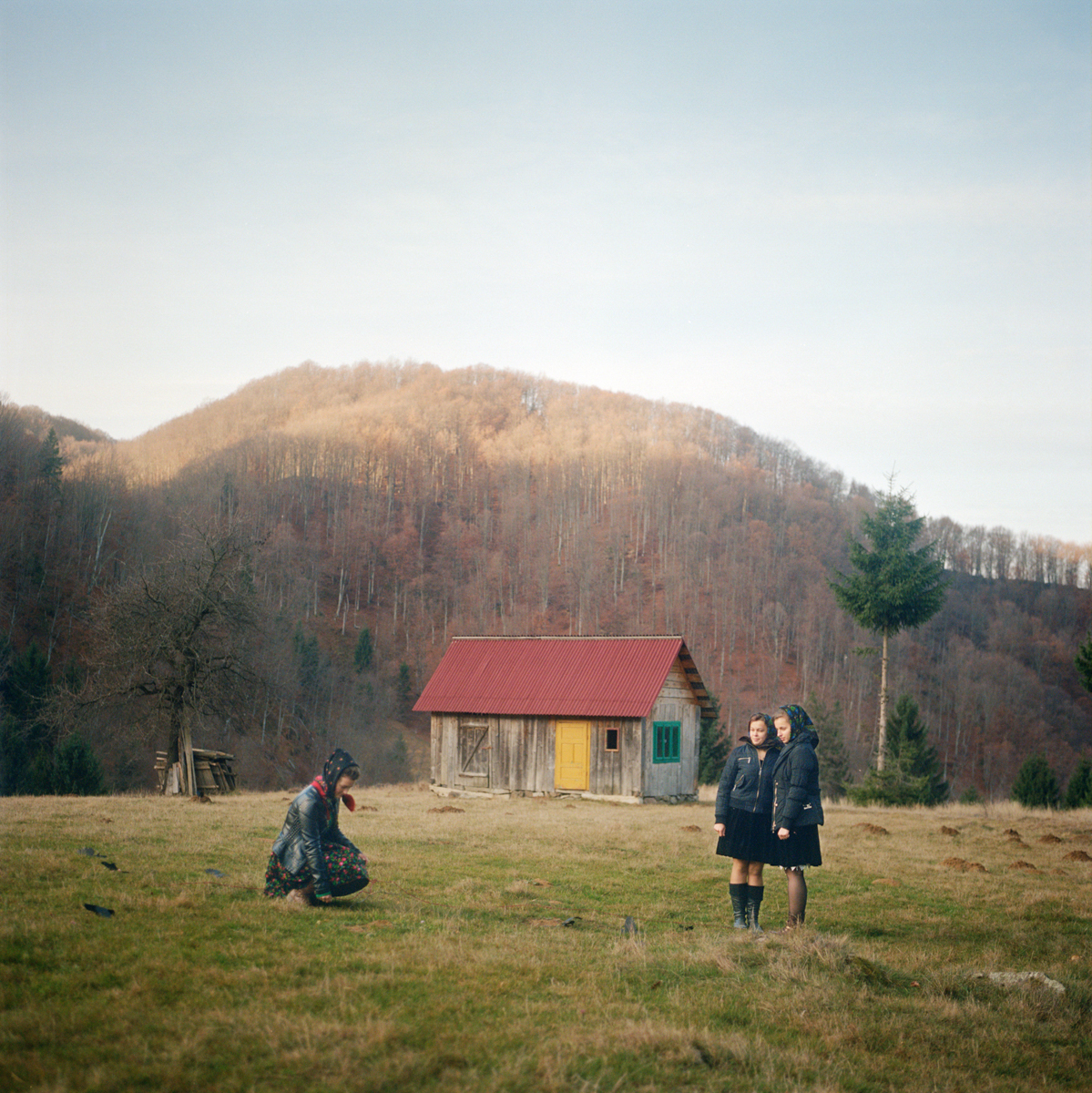
My working method is divided into three parts : I have my personal work, my commercial work (advertising and commercial) and editorial work (which is related to magazines). All of them are story-based, mostly focus on people and social issues. I arrange different time periods but it varies : some of my projects will be 6 months, others like 2 days, even though they all require time of preparation and research.
Obviously I use my commercial income to fund my personal work. I also find it nice to separate commercial and personal work : so I shoot digital for commercial work and analog for my personal projects. I had to use digital in 2009-10 because it was easier for my clients. It got to the point where I was loosing money because I was buying colour films and processing them.
How do you approach the people you would like to include in projects, especially the teens?
It differs from projects to projects. Usually what happens is I keep a release model form on me, so when I meet a young person that I’d like to involve in the project, I’ll speak to the parents if they’re around or I give the form for them to fill up at home.
I try to keep it very honest and open. I answer obvious questions first: « Why do you want to take my picture? » And « what is it going to be used for? »
Of course I got many refusals from parents or kids but this is life.
What do you seek to express in your photos and portraits?
I think it’s all about emotions. When I look at a painting, a film or a photograph, I want to feel something. That might anger, disgust, love, fear, marvel, any feeling. What is beautiful about photography is that it can subjectively provokes so many different emotions and memories in people. That is why I like focusing on a time in people’s life, a relation in people’s life, an experience like a first kiss, etc. I like whenever anybody looks at an image and remembers different personal stories attached to it.
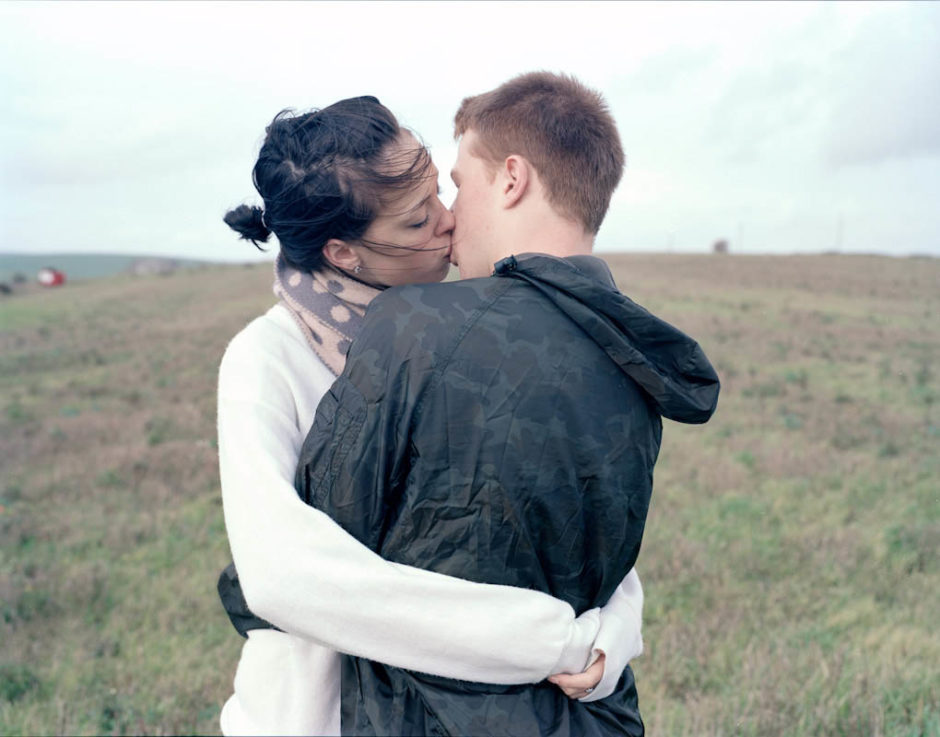
What does analog bring to your work?
As I mentioned before, using film slows the process down. But most important, I enjoy more the experience of it when I photograph people (and even for them), because you are more with the person, you are more « in the moment » not constantly looking at your screen.
It’s more of a craft, and I like using my hands. I understand it more because I understand how lighted is the film and how the image is produced through chemical reaction, rather than digital still blows my mind today. I trust film more and I prefer the results. And I like the unpredictability of it : I like the risk and the beauty of mistakes like when a frame does not come out from the way you wanted.
What (film and digital) gear do you use?
For film I shoot with the Hasselblad 500CM. I had lots of cameras over the years : I shot with a Wista which is a 5×4 camera, a Bronica 645 and a Mamiya 645. I don’t like shooting with range-finder. I like seeing what I’m actually seeing like peering through a window. I always use a standard fix lens, as I don’t like changing lenses. I almost always use a Zeiss 80mm as in medium-format it translates to 50mm.
For digital I also use a 50mm. For the moment I’m using a Canon EOS 5DS that the brand has given to me. I had a 5D Mark II before and the difference of quality is quite obvious.
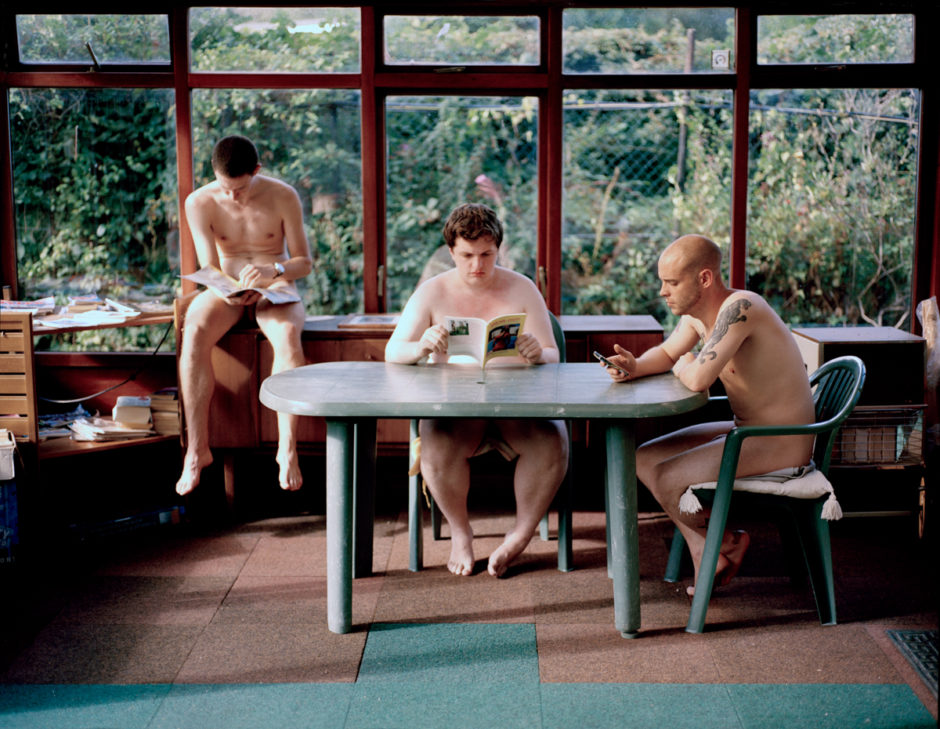
Who are the artists and photographers that inspire you? Why?
Nobody (laughing)! Yeah so many! For example Simon Roberts which is now a friend has been a mentor of mine for years and years. There are also many painters such as Lucian Freud, Egon Schiele and Marlene Dumas.
For more contemporary photographers I like Philip-Lorca diCorcia and Taryn Simon. Regarding Taryn Simon, it’s not that I love her images, but I love her brain which is just really amazing. I like the way she analyses things and the fact that she is a pioneer of what she does.
One photographer that inspires me a lot is Diane Arbus. When I read Diane Arbus’ book about photography (Revelations), I could relate to so much of it. Her editorial work is very inspiring : when she is given the opportunity to do a commission, she really make into something, playful, iconic and creative. Like her I feel very guilty of wasting opportunities so I always try to work to capacity and what is given to me.
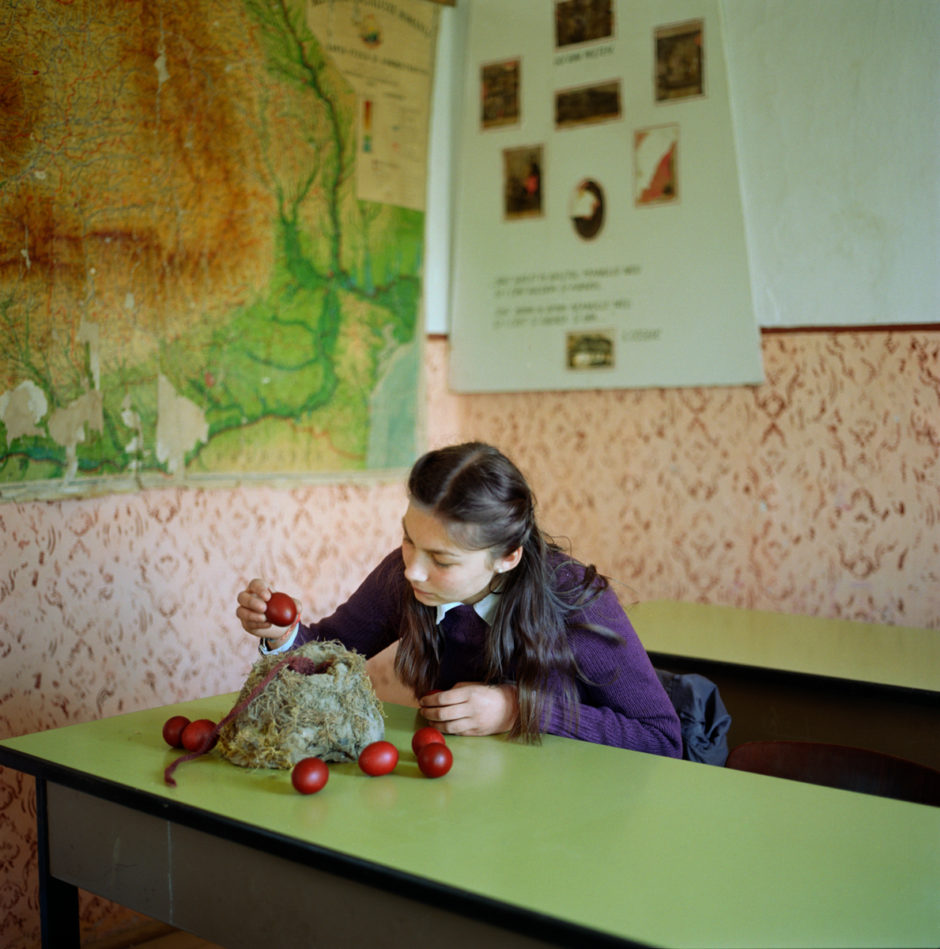
Can you talk about your last project, « Youth without Age, Life without Death »?
It’s a very different project from the other ones. Usually my projects are more documentary-focused and focus more on a subject in quite a literal manner through research and experience of those I meet. This one is much more free and poetic. It’s quite a navel-gazing concept but it’s about the idea that I feel a lot of my time is wasted. I think we all have this fear of not making the most of our life.
I started thinking about the things that would make the most of my life, personally, and one of those things was through travel and courage. So I decided to increase my courage by travelling to places on my own with my camera. The first place I tried was Romania. Then I quickly realised that I needed a translator so I couldn’t travel on my own actually! But it was not a problem. And I kept wondering why I was going back there.
Then I realised that it was because Romania was providing me beautiful emotional and visual experience for me. I found the time there standing still for me. When I said that to my translator, he told me a famous tale, called Youth without age and life without death, about a young prince that goes on a journey to stop time and find eternal life. I realised that this was my journey.
So I have been taking this adventure, exploring and working in a much looser way than usual. In fact that project is as much about the journey as it is about time. It is not about stopping time but more about what happens when you try to. It is a more philosophical theme !
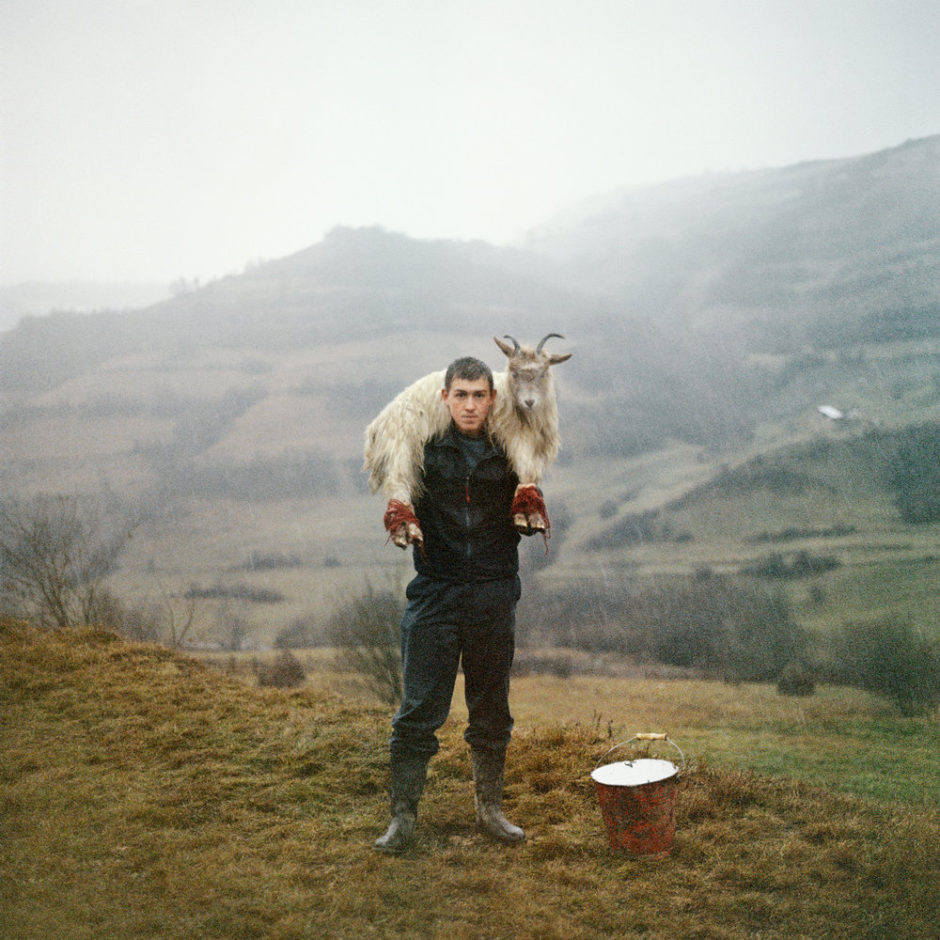
Your commercial work also seems to stick to teens and children through collaborations with charities. How important is it for you?
I surely have a different reaction to what you think I’m gonna say but I need to say it. There’s a misconception about charity work that means that photography should not a a paid work (or a low rate), and because working for a charity, it’s working for a good cause, we should donate our time and money.
But I don’t agree with that. I think it is offensive to photographers and discredits the work. I support charities and I want to do good things for good people. But I want to have a choice to give to charity, and not to work freely automatically. It makes me angry when photographers accept to work for free without being it their choice, because it brings the whole industry down.
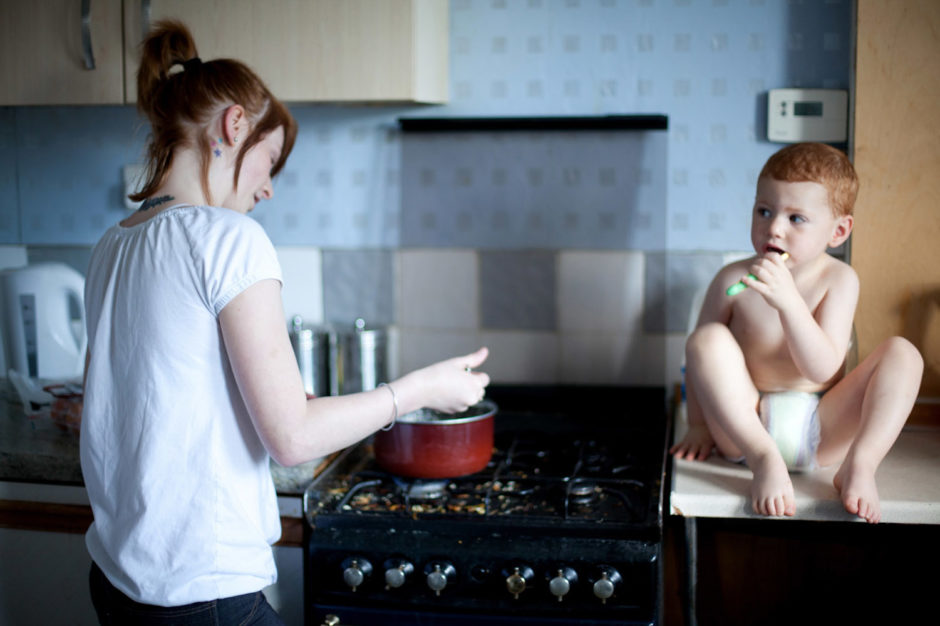
I don’t see why some photographers should be paid a hell lot of money to shoot McDonald’s adverts while it’s not doing good things for society while others should not be given anything when they work for charities. I think it’s disrespectful towards the photographers’ work and the more people consent to that, the worse it gets.
I got put of a lot for charity work as my work is mostly based on human and social issues. It’s what I enjoy photographing of course! I like charities but at the same time I believe I work just as hard as any other photographer. It goes the same for not just the photographer but also the model, the stylist…
However today more charities have found a compromise. For example, when they launch a campaign which they want you to work on, you’ll be paid for it but in exchange they’ll ask you to do something for the charity (be a member or give money). So they give you the financial security you need and at the same time they show you that they are also in the need of your help.
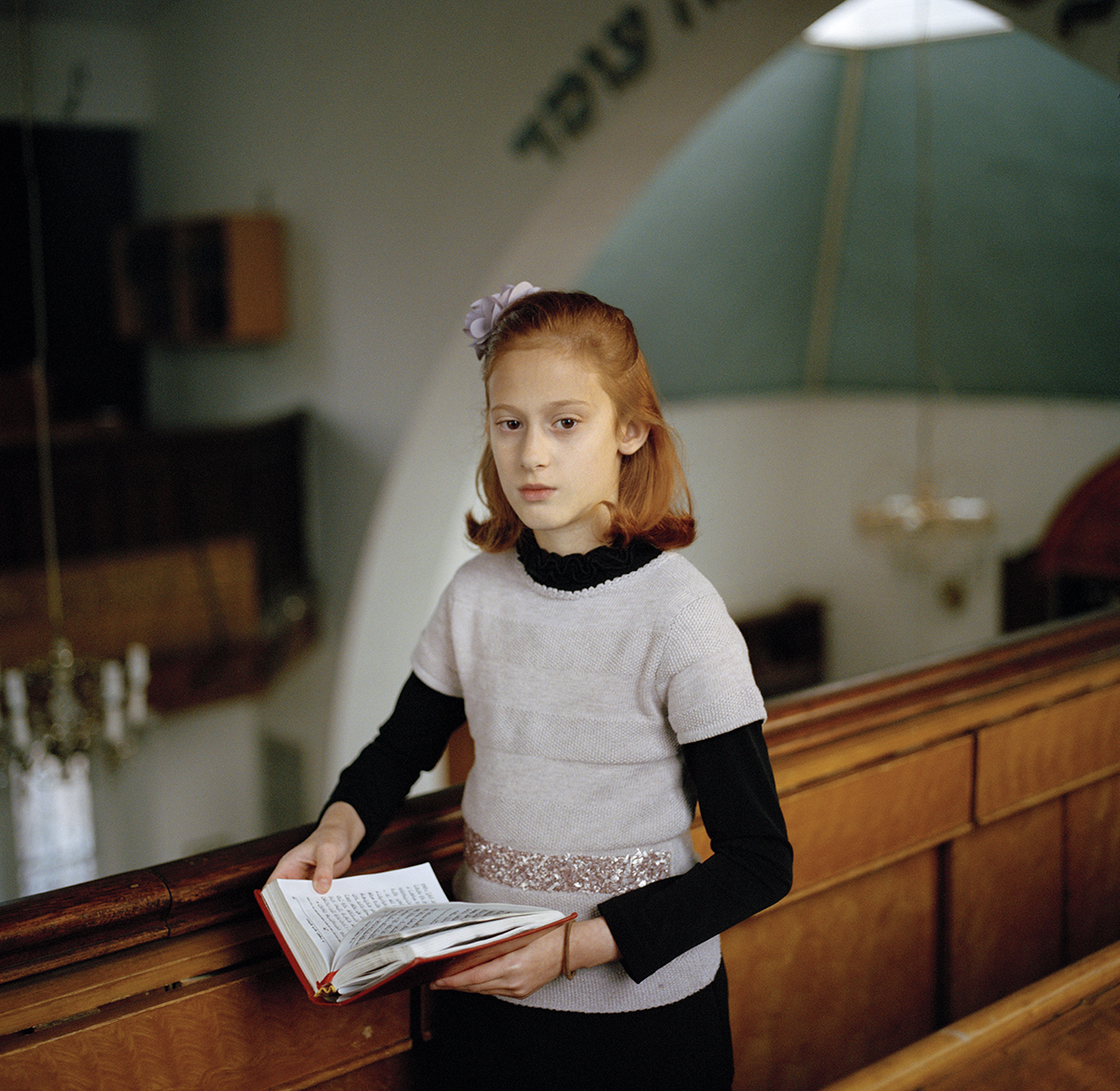
Do you have any pieces of advice for young photographers interested in documentary photography but who want to earn a living?
My first piece of advice would be to say that nothing is impossible and something is only hard if you think it is hard. So many people told me « You know, it’s really hard to be a photographer » but it has never been an issue for me because I know that it was what I wanted to do. Maybe it’s stubbornness. But it always sends you somewhere.
My advice then will be to never be arrogant, to always be your own worse critic, to think outside of common opinion, to not always think you are all right and to be brave.
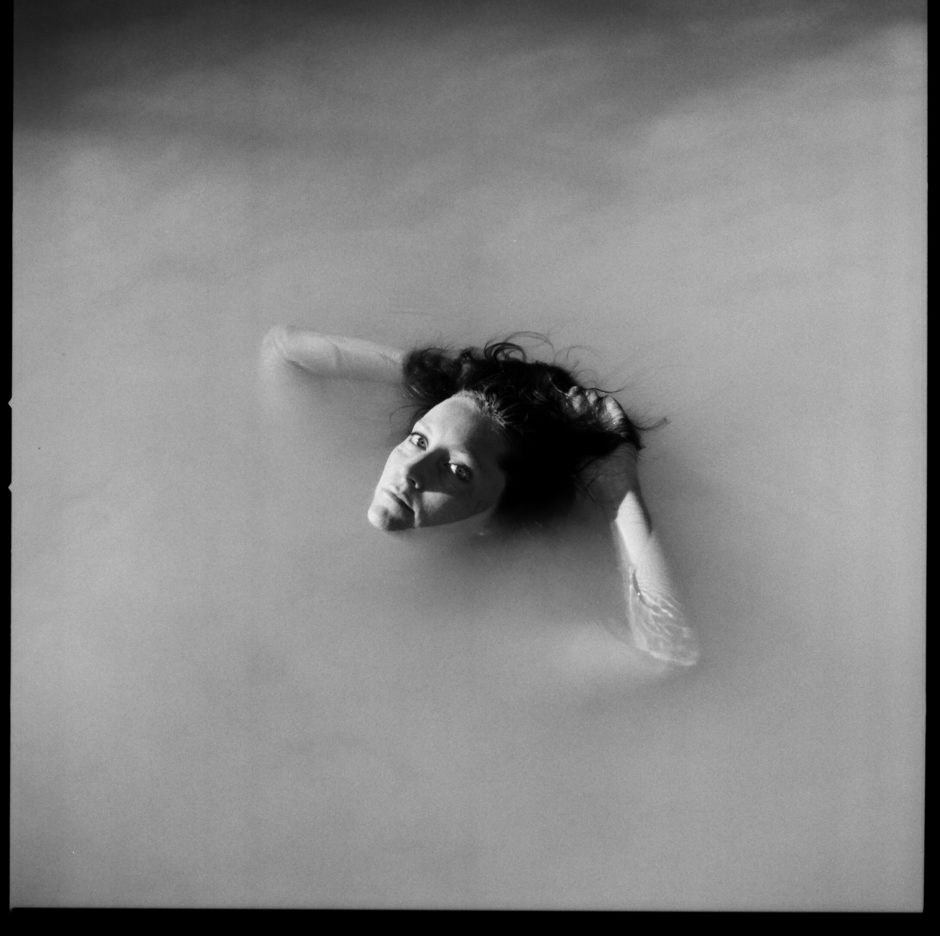
With regards to making money, I would say « accept that nothing is never perfect ». To use an analogy, even in a perfect marriage or relationship, you are going to acknowledge some of your partner’s sides that you don’t like. Same for a job, you are going to hate doing some parts of it. For example I have spent years shooting things I didn’t want to shoot and it exhausted me. But I did it because I wanted to learn, to feel a sense of achievement and to feel I earned my way.
In the end the most important is to have common sense, to realise that photography is everywhere and the photographic industry always changes. So it is naïve to think that it is going to stay the way it is, thank God it does change because we all need challenges.
Photographers for us to interview?
Simon Roberts is a good speaker. I’d like to hear from Nan Goldin and Taryn Simon. And I also have a friend who’s very interesting, Natasha Caruana.
Thanks for the interview !
Here’s a video where Laura Pannack speaks about her last project, « Youth without Age, Life without Death » for her London gallery, Francesca Maffeo Gallery :
Don’t hesitate to check Laura Pannack’s portfolio on her website.
Cover photo : © Nelli Moisander – Portrait of Laura Pannack

